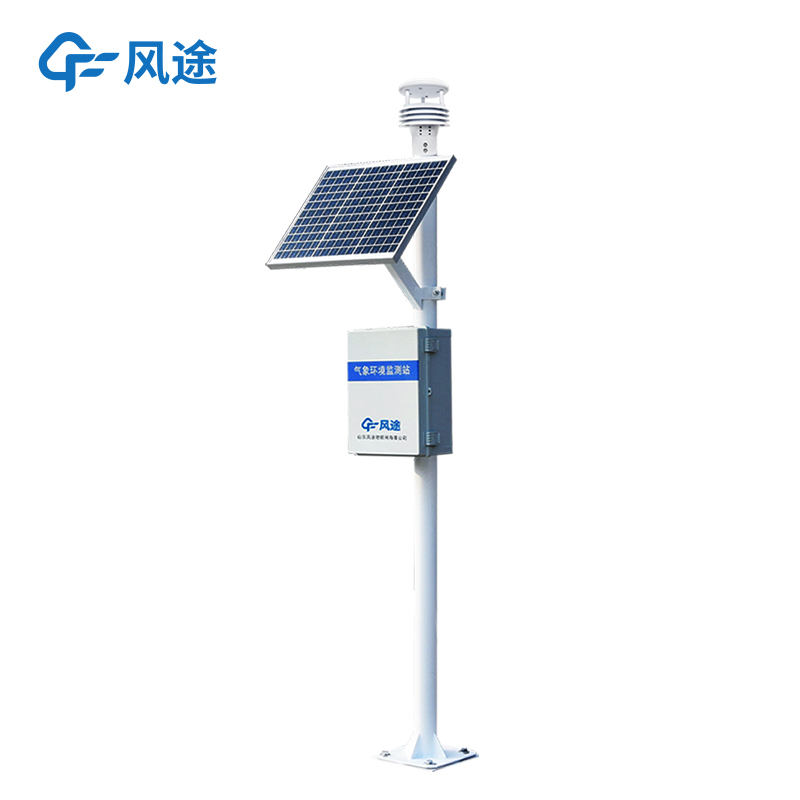The Meteorological instrument features a highly flexible sensor configuration scheme. Users can freely select and combine different types of sensors according to their actual monitoring requirements and application scenarios. For example, in agricultural production, in order to accurately grasp the microenvironment for crop growth, soil temperature sensors, soil moisture sensors, and light sensors can be mainly configured. The soil temperature sensor can provide real-time feedback on the soil temperature, helping farmers determine the most suitable time for sowing and irrigation. The soil moisture sensor can accurately measure the water content of the soil, guiding rational irrigation and avoiding the impact on crop growth caused by excessive or insufficient water. And the light sensor can monitor the light intensity and duration, assisting farmers in optimizing the planting layout and making full use of light resources.
In terms of urban environmental monitoring, in order to effectively address issues such as air pollution and traffic congestion, air quality sensors, visibility sensors, and noise sensors can be primarily configured. The air quality sensor can monitor the concentration of various pollutants in the air in real time, providing data support for environmental protection departments to formulate control measures. The visibility sensor is crucial for ensuring the safety of urban transportation, especially in aviation and road traffic. It can provide timely feedback on visibility information, helping traffic management departments take preventive measures in advance. The noise sensor can monitor the urban noise pollution situation, providing a reference for urban planning and environmental governance.
In addition to the flexible sensor configuration, the Meteorological instrument is also equipped with a low-power collector, which has a small static power consumption. For example, the static power consumption of some models is less than 50uA. This enables the weather station to operate stably for a long time, reducing energy consumption and maintenance costs.
It supports a variety of data transmission methods. It includes GPRS networking, which can achieve rapid remote data transmission. It also supports extended RJ45 networking, which is suitable for scenarios with high requirements for network stability. For the remote transmission of sensors, within a distance of 30 kilometers, LoRa transparent transmission can be adopted, which has a stable signal and a low cost. For distances beyond 30 kilometers, data transmission can be carried out with the help of IoT SIM cards, ensuring that data transmission is not limited by distance.

Article address:https://www.sqqx.net/en/news/608.html

 +86 15898932201
+86 15898932201



